
El Rebozo

Rebozo es un chal tejido a mano utilizado en las tradiciones mesoamericanas para muchos propósitos, y es un compañero vital en diferentes transiciones de vida, especialmente para las mujeres. El viaje junto con el rebozo comienza en México ya en el útero, cuando la madre lo usa, e.gramo cubrirse, amarrarse la barriga y recibir unas manteadas, masajes de rebozo. El rebozo se ha utilizado tradicionalmente también para masajear y acomodar a los hombres y también los hombres dan masajes con rebozo.
El rebozo que más se ve es el rebozo que se usa para la vida cotidiana. Suele utilizarse para cubrir la cabeza del sol y como acolchado para llevar cestas, para cubrir los hombros del viento y como bolso para llevar productos y niños. La gente se casa con rebozo, la gente llora con rebozo, la gente se tiñe con rebozo y la gente nace para envolverse en rebozo. A menudo se entrega como regalo o como herencia de los mayores a las generaciones más jóvenes.

Mujer con un niño pequeño en un rebozo, créditos de foto méxico en fotos
Como es parte de la vida cotidiana, también es parte de la medicina tradicional. Cuando ves a una partera tradicional caminando por la calle, puede que tenga un rebozo colgado en el hombro y unos momentos después puede estar dando un masaje de rebozo para acomodar al bebé dentro del vientre de la madre o para dar un tratamiento de fertilidad.

Rebozo Pétalo Gris. Créditos de las fotografías Antama
También se utilizan rebozos festivos y ceremoniales que se confeccionan con hermosos hilos de seda, plumas y tejidos más complejos para lograr una obra de arte que se dobla sobre un hombro como parte del atuendo festivo.

Colección gracia rebozo. Créditos de las fotografías Antama
Cultura y origen:
En tiempos ancestrales la gente de la tierra de México solía tejer telas con materiales locales con un telar de cintura. En los viejos tiempos, se fabricaban telas bastante similares al rebozo y con uso similar y que se elaboraban con diferentes materiales locales como ixtle, lana y algodón de herencia nativa.Existe evidencia histórica por ejemplo en varios códices, que ilustran la cultura ancestral mesoamericana, sobre el uso de mamatl, ayates e incluso en algunos códices se pueden ver algunas franjas agregadas a algunos de ellos.
Los telares de cintura se utilizan ampliamente en todo México. Luego de la invasión se introdujeron nuevas técnicas, como el uso del telar de pedal, y materiales que luego se fusionaron en la confección de los tejidos, y nació el rebozo como lo conocemos.

Telar de pedal donde tejemos nuestra colección de rebozos Gracia. Créditos de las fotografías Antama
Mediante el tejido del rebozo, muchas de las técnicas antiguas se han mantenido vivas hasta la cultura actual. Los rebozos todavía son tejidos por pueblos indígenas de México, y nuestros rebozos son hechos por artesanos zapotecas. El Rebozo puede ser visto como un símbolo de la resistencia indígena, la capacidad de adaptación y autosostenibilidad, y como una herramienta para transmitir y mantener la economía, la cosmovisión y las tradiciones locales.
La La palabra rebozo en sí proviene del español y en México hay otras palabras que se usan para el tipo de telas de rebozo en la cultura y las lenguas indígenas.
Las palabras tradicionales en diferentes lenguas indígenas significan como: "velo de mujer" (ciua necuatlapacholoni - náhuatl) y "tela de mil colores" " (cenzotl - náhuatl).

Rebozos de seda teñidos orgánicos naturales de Antama. Créditos de las fotografías Antama
Existen muchos tipos de Rebozos en México y cada región tiene su propio estilo de tejerlos. El clima ha afectado los materiales utilizados en diferentes regiones; por ejemplo en las frías montañas de Oaxaca los rebozos se hacen tradicionalmente con cálida lana de oveja, en los valles se hacen con algodón y en pueblos con gusanos de seda los rebozos están hechos de hermosas combinaciones de seda.

Rebozos de nixtamal de Antama. Créditos de las fotografías Antama
El Rebozo es declarado patrimonio cultural mexicano y símbolo de la identidad mexicana. El uso del rebozo estaba desapareciendo un poco en las culturas urbanas, pero ha habido un gran movimiento dentro del país para retomar el uso del rebozo también entre la gente que vive en las ciudades. Sin embargo, si caminas un poco fuera de la Ciudad de México y especialmente en las zonas rurales, descubrirás que el rebozo nunca desapareció y está fuertemente vivo. La moda mexicana también ha tomado los rebozos como parte de la producción y se presentan al público de todo el país hermosos rebozos tradicionales con nuevos diseños e ideas.
Hoy en día proporciona sustento a cientos de familias locales que han conservado las habilidades de tejer. El rebozo es una gran parte de la cultura mexicana y ha inspirado a muchos pintores, músicos y poetas a lo largo de la historia. Se organizan festivales y exposiciones de rebozo en diferentes puntos del país.
Rebozo en el embarazo, parto y posparto:
 Pasiflora y rebozos de carpa roja de Antama. Créditos de las fotografías Zuzana Laubmann
Pasiflora y rebozos de carpa roja de Antama. Créditos de las fotografías Zuzana Laubmann
Quizás el rebozo más común, junto a los famosos rebozos utilizados por Frida Kahlo, son los rebozos utilizados en los procesos de parto. Gracias a las parteras tradicionales mexicanas como Angelina Martínez Miranda y Naoli Vinaver, el rebozo se introdujo como un elemento de intercambio cultural a parteras, doulas y madres activas de todo el mundo, especialmente en conferencias dirigidas por parteras.
Intercambio cultural se explica como una definición amplia dada a cualquier intercambio mutuo de información, generalmente cultural, entre dos o más especies con el fin de mejorar la amistad y el entendimiento entre ellas.
-
un intercambio de estudiantes, artistas, deportistas, etc., entre dos países para promover el entendimiento mutuo.
La sabiduría de usar un rebozo se ha transmitido tradicionalmente de partera a aprendiz, de madre a hija, de abuela a nieta, etc. Está basado en la tradición oral y sabiduría ancestral que ha sido enseñada mediante la observación y la práctica, la repetición y la guía para lograr el equilibrio integral de la unidad madre-bebé.

Desierto cobre rebozo. Créditos de las fotografías Antama
Embarazo:
Una forma tradicional de usar un rebozo durante el embarazo es atándolo a la cintura para sostener el hermoso vientre de la embarazada en crecimiento. Las mujeres de las zonas rurales suelen realizar mucho trabajo físico y manual sin máquinas y el rebozo les proporciona un apoyo firme y agradable para continuar con la vida cotidiana también en las zonas montañosas.
Mantener el cuerpo, el útero y los riñones calientes es una parte esencial de la medicina tradicional mexicana y se prefiere el uso del algodón y otros ingredientes naturales que al mismo tiempo calientan y protegen el calor de la cintura, el vientre. y útero. Es cálido también durante la menstruación o durante las transiciones en la vida, física o espiritual.
Tradicionalmente los rebozos se utilizan para masajear el cuerpo de la mujer moviéndolo rítmicamente, durante el embarazo, en el parto y en el puerperio, para lograr efectos positivos en el madre y bebé.
Algunos de los hermosos beneficios de usar un rebozo durante el embarazo son e.gramo para equilibrar y relajar la pelvis, el útero y los ligamentos para permitir más espacio para que el bebé gire hacia la posición óptima para el nacimiento.
Nacimiento:
En el parto se utiliza para aliviar el dolor, para trabajar con las ondas de presión en el parto, para relajarse y conectarse con el cuerpo y el bebé y para preparar el parto. espacio y privacidad.
Existen movimientos simples de balanceo y tamizado que se utilizan para ayudar a aliviar los dolores de músculos, ligamentos y articulaciones y para relajar y dejar espacio para el bebé durante el embarazo y facilitar el proceso de parto. Estos son movimientos suaves, bastante fáciles de hacer y rápidos de aprender. Sin embargo, el practicante debe ser consciente del proceso y la situación del parto y saber qué áreas está moviendo para lograr el equilibrio entre la madre y el bebé.
Luego hay movimientos más complicados y complejos que son realizados por parteras que están iniciadas a hacerlo. Estos tratamientos están hechos para rotar al bebé en el vientre, para acelerar el parto y para tratamientos de infertilidad, por nombrar algunos. Estos no deben ser hechos en casa o por personas que no hayan recibido el proceso completo de capacitación para hacerlo por parte de una partera tradicional. Estos movimientos son parte de una profunda comprensión integral que se logra a lo largo de años en la práctica.
Una intervención en el nacimiento, incluso nuestra observación, una palabra o el uso de un rebozo, es una intervención por lo que el arte del rebozo es saber cuándo sentarse sobre las manos y cuándo usarlo. Cuándo actuar, cuándo estar quieto. Cuándo decir algo y cuándo no. Realmente nos invito a pasar de la perspectiva de actuar a la de escuchar y mantener la actitud espacial.
Posparto:
Un rebozo también se puede utilizar en el período posparto en la ceremonia de sellamiento, que consta de diferentes partes, como un baño de hierbas, un masaje de cuerpo completo y un masaje de rebozos. Se ve que en el embarazo y nacimiento el alma y cuerpo de la madre se expande para recibir y transmitir nueva vida y la ceremonia se hace tradicionalmente en México para “cerrar” el cuerpo física y energéticamente y ayudar a que los órganos y el útero regresen a su estado original. sus lugares correctos, para ayudar en una transición de vida y cerrar un ciclo espiritual, para centrar la energía y regalar un momento de amor al cuerpo y mente de la madre. Es una ceremonia realizada normalmente por una partera u otra persona capacitada y, a menudo, como un cuidado continuo.
El rebozo se utiliza tradicionalmente también para portar bebés, y se puede realizar con el mismo rebozo que acompañó a la mujer durante el embarazo y el parto.
También es una excelente manta para bebé, una manta para el sol, una toalla para la playa y la lista continúa. Rebozo es definitivamente útil y para la vida diaria de los padres.

Ventaja de vientre de embarazo con rebozo, créditos de la foto Antama
Apropiación cultural
La justicia social y las apropiaciones culturales son temas de los que se habla ahora más que antes. La apropiación cultural se describe como:
La apropiación cultural, a veces también denominada apropiación cultural indebida, es la adopción de elementos de una cultura por miembros de otra cultura. Esto puede resultar controvertido cuando los miembros de una cultura dominante se apropian de culturas minoritarias desfavorecidas. >. Debido a la presencia de desequilibrios de poder que son un subproducto del colonialismo y la opresión, la apropiación cultural es distinta del intercambio cultural igualitario. Wikipedia
Ejemplos de apropiación cultural en la cultura de nacimiento que se han planteado son cuando algunas personas se sienten molestas cuando personas de otras culturas usan nombres de su cultura para nombrar cosas que están solo parcialmente conectadas con su tradición. Ejemplos de esto son Bendición, manera de significar sólo una ceremonia de transición a la maternidad o de bienvenida a un bebé cuando en el contexto original tiene un significado mayor o el uso de la palabra rebozo para llamar a cualquier pañuelo confeccionado sintéticamente que se lleva al hombro y se confecciona. quién-sabe-dónde o usar el rebozo para nombrar un “portaje a un solo hombro” en el porteo.
Como las opiniones sobre apropiación cultural varían dependiendo de la persona, la cultura y el contexto, compartiré las inquietudes que he escuchado personalmente provenientes de la boca y el corazón de las Parteras Tradicionales de México.
 Parteras de Michoacán. Crédito de la foto Javier Guerrero
Parteras de Michoacán. Crédito de la foto Javier Guerrero
Contexto cultural de la partería tradicional en México:
Las parteras tradicionales han estado y están al servicio del pueblo. A menudo, casi siempre, han dedicado toda su vida a servir al bienestar de sus comunidades. A menudo se trata de yerberas (plantas curanderas), consejeras, sobadoras (masajistas) y curanderas (curanderas). Muchos han hecho enormes sacrificios personales en nombre de la salud del pueblo. Al trabajar con la población local de las aldeas, a menudo se les paga poco o nada. Generosidad es una de las palabras que caracterizan a las parteras tradicionales.
El contexto cultural y la historia de la partería tradicional en México son y han sido un poco conflictivos. El gobierno de México las reconoce en la constitución pero al mismo tiempo promueve campañas y leyes que intentan limitar la disponibilidad de los servicios de partería a las familias o amenaza directamente (ilegalmente) a las parteras.
En México, hay una historia de despojo de la sabiduría tradicional. Por ejemplo, en el área de las plantas medicinales muchos biólogos, antropólogos y médicos se han presentado a yerberas, curanderos y parteras durante los años recopilando información. Después de que los guardianes de la sabiduría compartieron su conocimiento con estas personas, desaparecieron, usaron la información para su propio bienestar, nunca mencionaron a los maestros y, a veces, incluso tomaron acciones contra ellos, por ejemplo, intentando patentar algunas plantas o establecer regulaciones sobre quién puede usarlas. (autorizados muchas veces por las mismas instituciones o aliados que realizaron el despojo).

Partera tradicional realizando un tratamiento en Oaxaca, créditos fotográficos de Antama
Así que la preocupación sobre cómo se utiliza la información es real para las parteras. Las parteras se conmueven hasta las lágrimas al compartir lo difícil que ha sido su camino de servicio y cómo algunas personas vienen y toman la sabiduría que comparten y la “vandalizan”.
Al mismo tiempo muchos han expresado que no quieren llevarse toda esa sabiduría a la tumba sino transmitirla a los aprendices que estén dispuestos a respetarla, custodiarla y ponerla en práctica. en la práctica para servir a sus comunidades, quieren que la sabiduría esté ahí para la gente. A las parteras les gusta saber que las habilidades que han enseñado se utilizan correctamente.
Dado que muchas parteras están ansiosas por compartir sus conocimientos, es nuestra responsabilidad abrazar esa sabiduría y utilizarla con su bendición y respeto.

Partera tradicional dando una clase a estudiantes de partería, créditos fotográficos Antama
Por lo tanto:
Por favor busque estas abuelas y abuelos que quieran transmitir su sabiduría sobre la partería y el arte del rebozo. Encontrar una partera (partera tradicional) y dedicar tiempo a su enseñanza es lo que permite a la persona comprender más sobre los antecedentes culturales y la cosmovisión de las primeras naciones.
Las parteras han expresado el deseo de que el rebozo no sea sacado completamente de su contexto cultural. Como el uso del rebozo se ha transmitido de una generación a otra, en la tradición mexicana de dar honor a los antepasados y maestros también juega una gran parte en el uso del rebozo. Como el contexto cultural completo nunca puede transmitirse a un nuevo grupo de personas en una nueva cultura, en otro patrimonio y contexto cultural, las parteras desean que esté presente la parte importante, que es el respeto, el honor y la comprensión cuando es necesario. usar el rebozo y cuando no.
Honrar a los maestros que generosamente compartieron la sabiduría de su vida es muy importante cuando se comparte su conocimiento con los demás.Al menos nombrarlos en el momento del tratamiento es colocar el honor donde pertenece y de ahí se transmite a las generaciones anteriores.
Es poner orden y armonía, es honor y respaldo.
En la práctica recordamos a las generaciones que nos precedieron, mencionamos el nombre de nuestros maestros, honramos y respetamos la sabiduría recibida, las abuelas y su sabiduría que ahora nos ayuda a sustentar la salud y la vida en esta tierra en este momento. y contexto cultural. La vida no es la misma tampoco en México ahora que hace 100 años, pero las formas de sustentar la vida son en esencia iguales.

Antama rebozos en sesión de fotos de embarazo, créditos de las fotos Antama
La partería tradicional ve la madre-bebé como una unidad integral donde el bienestar de la madre transmite bienestar al bebé. Las emociones, el cuerpo físico y el bienestar espiritual juegan un papel muy importante en ello. Por eso cuando se utiliza un rebozo se acompaña con la intención de traer luz y vida a todos estos niveles de existencia. No se puede separar a la partera tradicional de su cosmovisión, cultura y espiritualidad, ni de la importancia de ver cómo se encuentra emocionalmente la madre. Por lo tanto, la palabra "técnica antigua" suena a algunas parteras como engañosa, ya que puede parecerles a las personas como una actuación física sin la observancia y comprensión de los aspectos más profundos. niveles de la situación y también, propósitos ceremoniales. Al final, el rebozo es una extensión de las manos de estas abuelas y es la unidad de intención, sabiduría y física la que hace que la magia, no la repetición “mecánica de una técnica”. Realmente es una sabiduría ancestral transmitida de una generación a otra.
 Parteras en Oaxaca. Crédito de la foto Desconocido
Parteras en Oaxaca. Crédito de la foto Desconocido
Lo que es para el rebozo, una partera muchas veces ni siquiera lo usa. En la reunión prenatal, por ejemplo, podría permanecer sobre su hombro todo el tiempo. A veces la escucha de la madre y una sobada (masaje de útero y cuerpo) son suficientes para relajar y equilibrar a la madre-bebé. En otros momentos puede sentir que una relajación y un equilibrio más profundos pueden ser útiles y con un rebozo se puede lograr maravillosamente. Al final es la escucha y la observancia lo que transmite mucho a la matrona y a la madre, no la forma de actuar y realizar las rutinas. Una partera tradicional entra con respeto y pidiendo permiso para entrar al espacio de la madre-bebé. El espacio de la madre es también el espacio del bebé.
Y al final, las parteras ven que las antiguas tradiciones están aquí para ayudar a la humanidad, y el rebozo es un buen ejemplo de ello.
Rebozo colgado, créditos fotográficos Antama
Algunos rápidos chequeos al arte del Rebozo:
- Busque guardianes legítimos de la sabiduría tradicional. Aprenda de la fuente. Sea humilde y abrace la sabiduría que le han dotado. Pase tiempo con su maestro y conozca su servicio diariamente. Viaja a la cultura de la que estás aprendiendo, aprende sobre la cosmovisión de la persona, los antecedentes espirituales y culturales. Tenga curiosidad por aprender y comprobar en qué nivel de comprensión se encuentra. Haz una humilde autoevaluación de tus habilidades.
- Si no puedes viajar pero tienes el privilegio de tener dinero, también puedes invitar a estas guardianas de la sabiduría, parteras tradicionales, a tu país y preparar una capacitación intensiva con ellas. Llevar la sabiduría a otra cultura no abrirá los trasfondos culturales tan bien como viajar al origen, pero aprender de la fuente original es esencial. También hay personas alrededor que son bendecidas por las parteras para enseñar a otras personas.
- Vaya tan lejos como esté autorizado a ir. Si no estás seguro de tus límites, vuelve con tus profesores para aclararlos. La autorización en la tradición es un proceso personal que requiere tiempo, maduración, paciencia, práctica y observancia. Las parteras en México tradicionalmente han recibido la autorización para ejercer como una bendición personal de sus maestros y la comunidad. ¡Este proceso podría haber llevado incluso décadas! Si alguien está otorgando una certificación para convertirse en “maestro de rebozo” o registrándolo, es bueno investigar si esa persona realmente tiene la bendición para hacerlo. No inventes ni digas que “descubriste” algo tradicional ni lo uses como algo exótico.
- Menciona siempre a tus profesores y dónde aprendiste lo que aprendiste. Ahora, en la época de las redes sociales, honrar públicamente a una maestra no significa subir su rostro a las redes sociales sin su permiso.
Puedes encontrar nuestros rebozos aquí
LEER SOBRE LOS TEJEDORES DETRÁS DE ANTAMA AQUÍ PARA LEER
SOBRE CÓMO CUIDAR TU REBOZO HAGA CLIC AQUÍ
 Rebozo Petalo Mint de Antama, créditos fotográficos de Antama
Rebozo Petalo Mint de Antama, créditos fotográficos de Antama
Este artículo está escrito en honor y gratitud a mis maestros que comparten conmigo su sabiduría y secretos de partería.
Honrando con profunda gratitud a mis maestras parteras Ela Carolath, Cristina Galante, Araceli Gil, Suely Carvalho, Angelina Martinez Miranda, Doña Queta, Yolanda, Chuyita, Doña Irene, Doña Paulina, Angelina Sacbaja.
¡Muchas gracias!
Este es un artículo transformador de todos los tiempos. A veces corrijo errores tipográficos, a veces agrego información o edito frases ya escritas. Se está transformando por lo que siento que es importante describir o profundizar.
Fuentes
Historia:
http://www.amigosmap.org.mx/2014/08/30/el-rebozo-una-prenda-de-identidad-mexicana/
https://franzmayer.org.mx/blog/la-coleccion-de-rebozos-de-robert-everts/


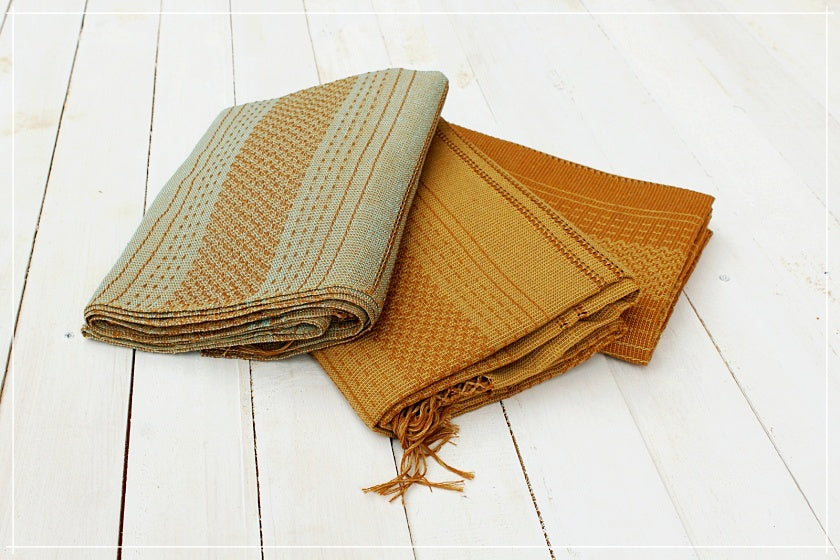
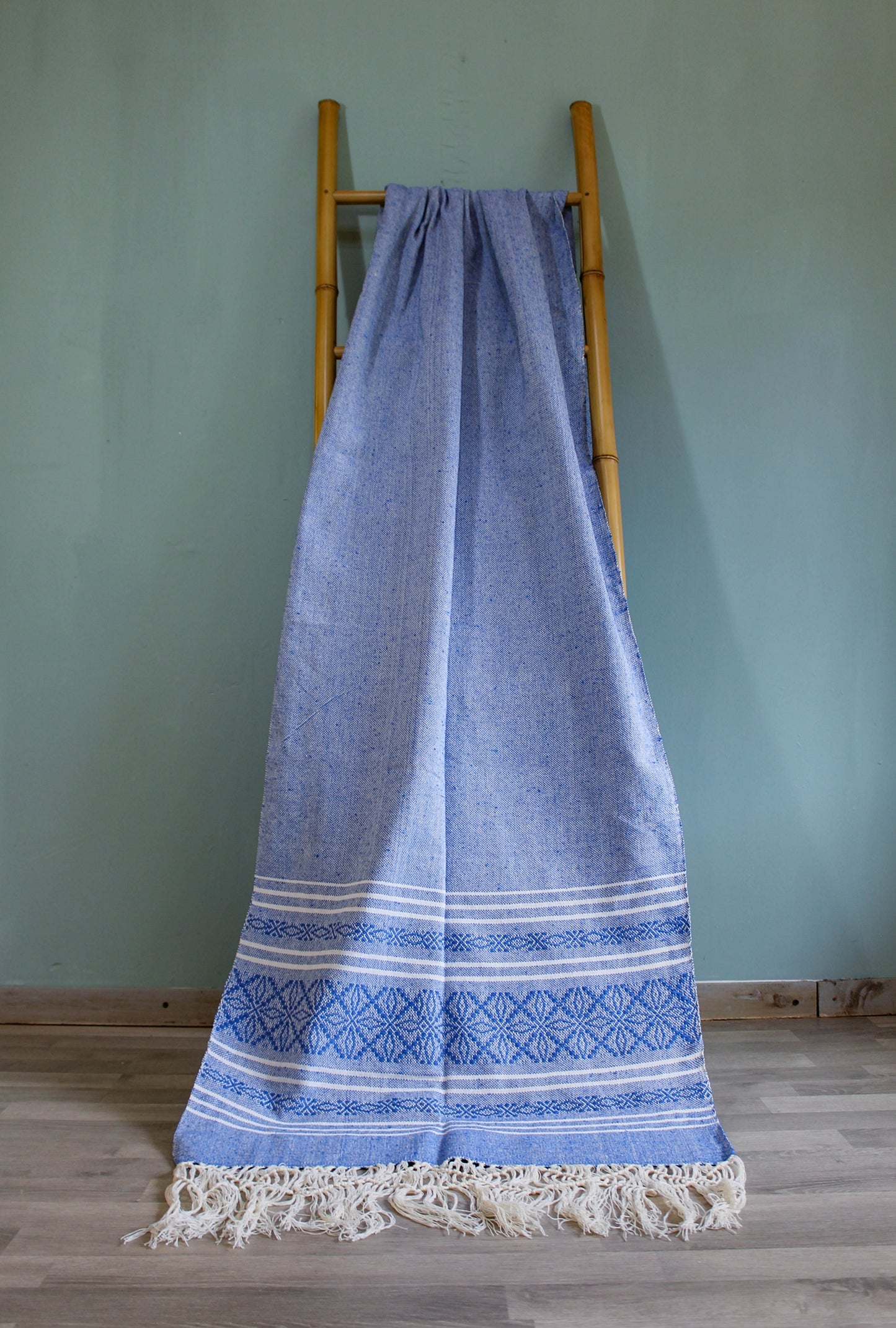
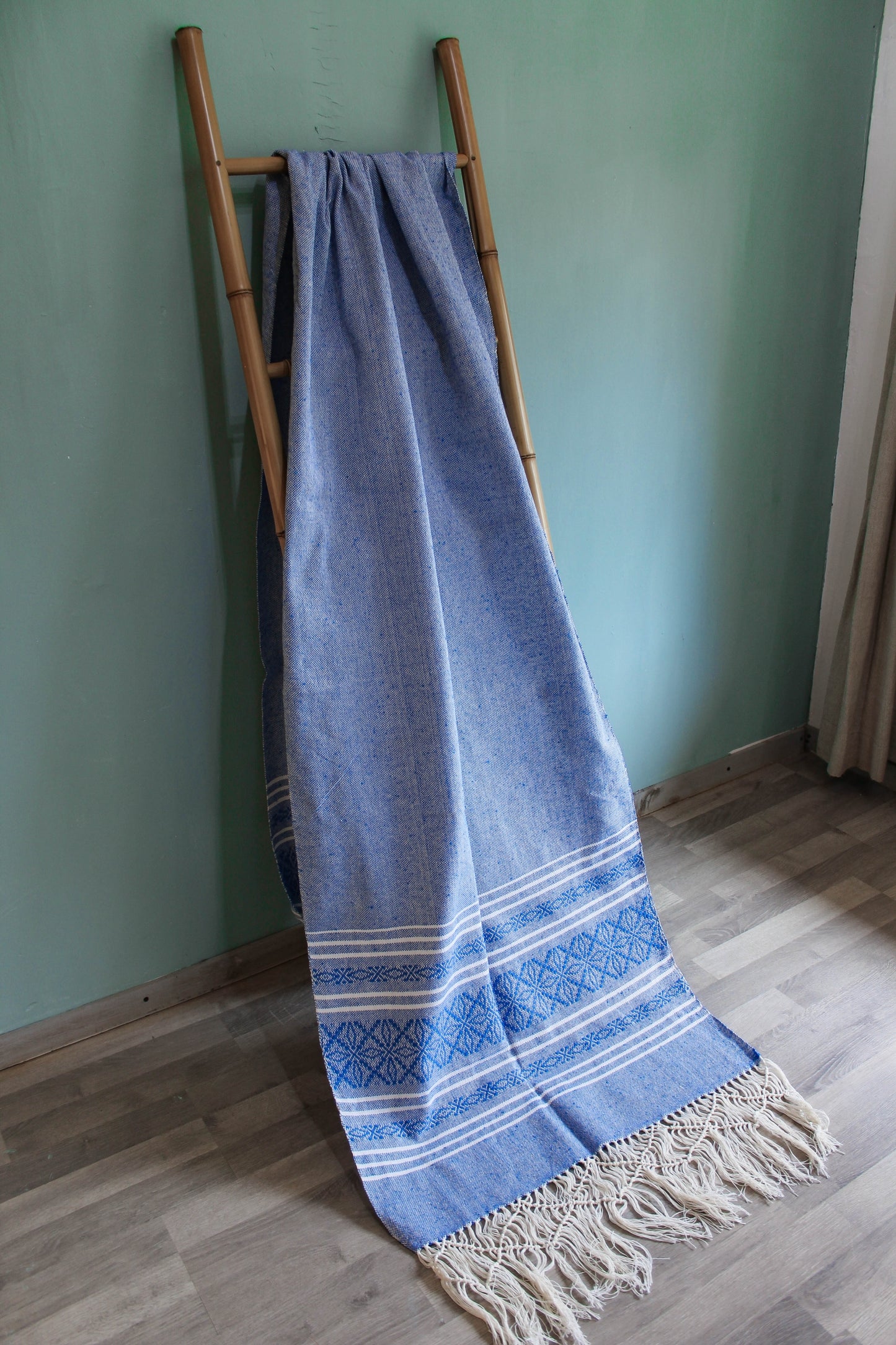
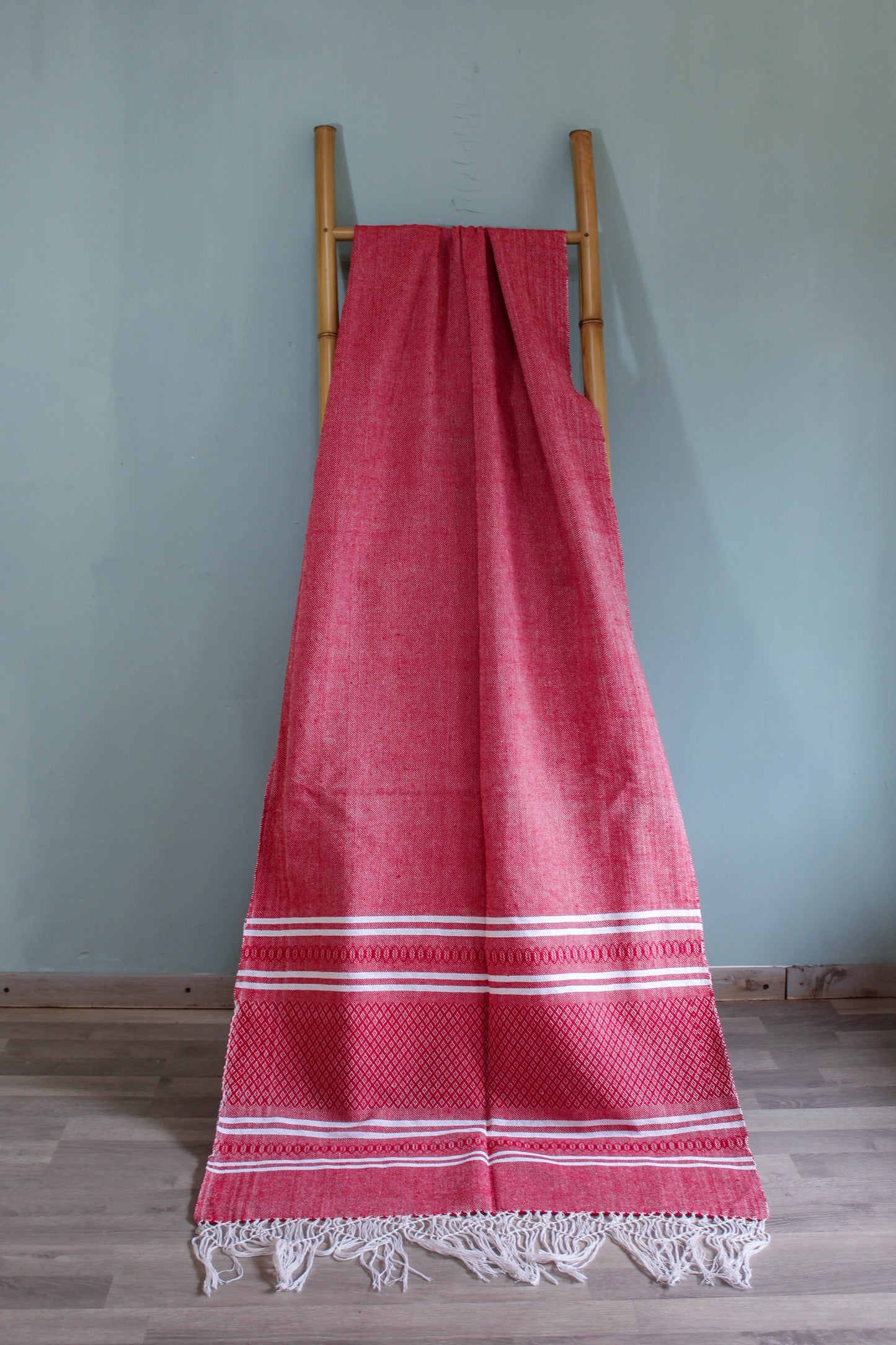
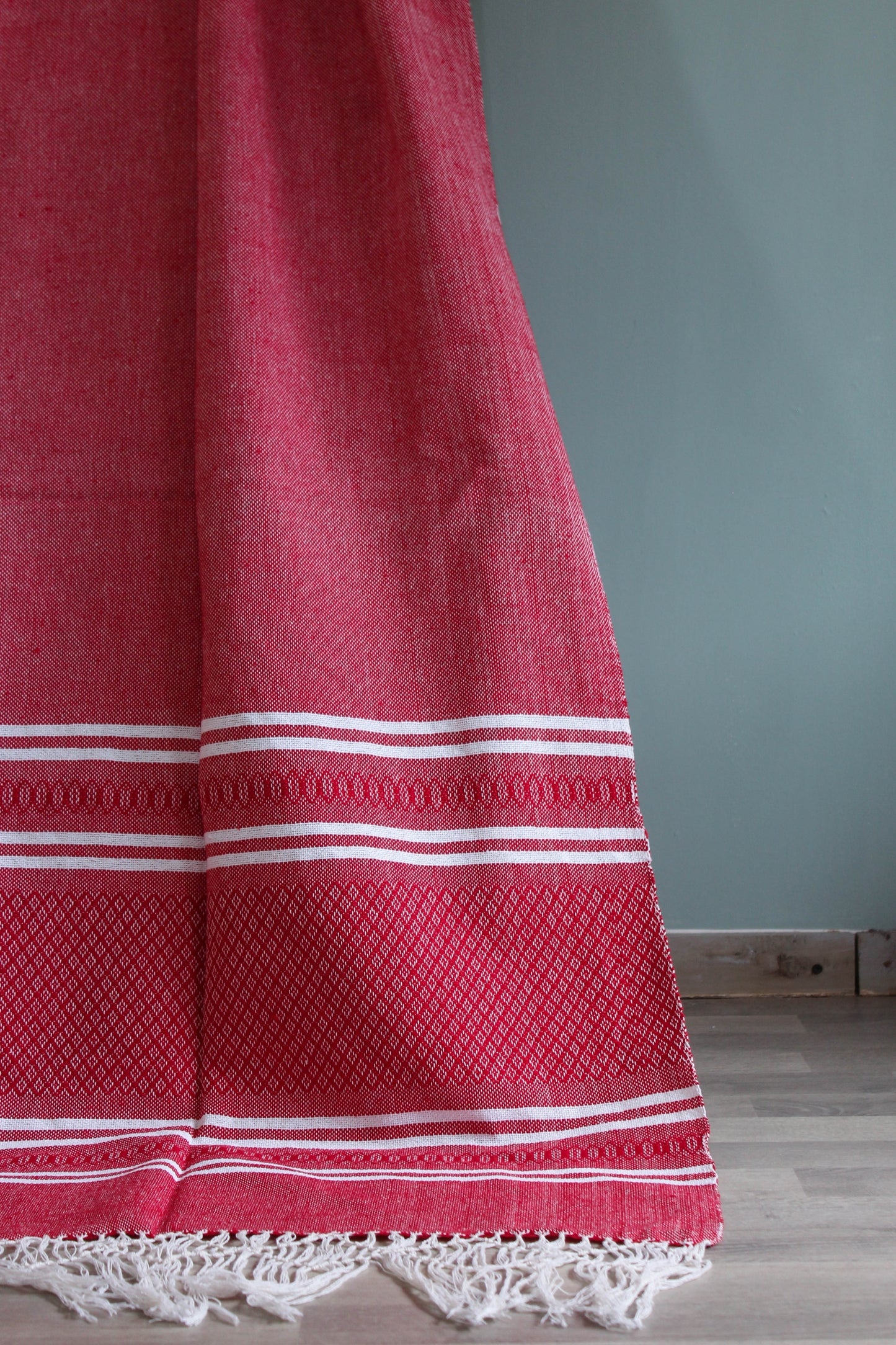
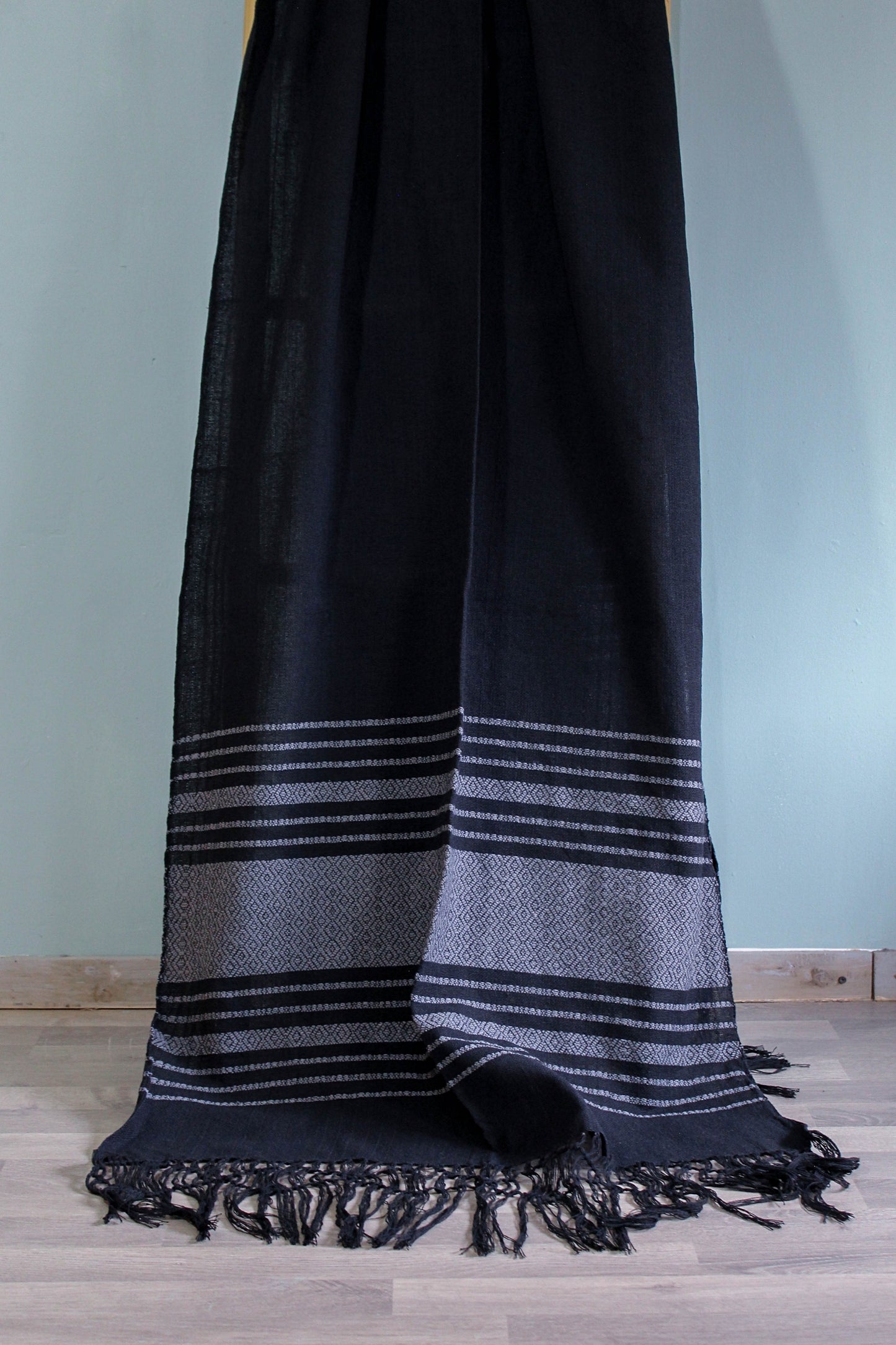
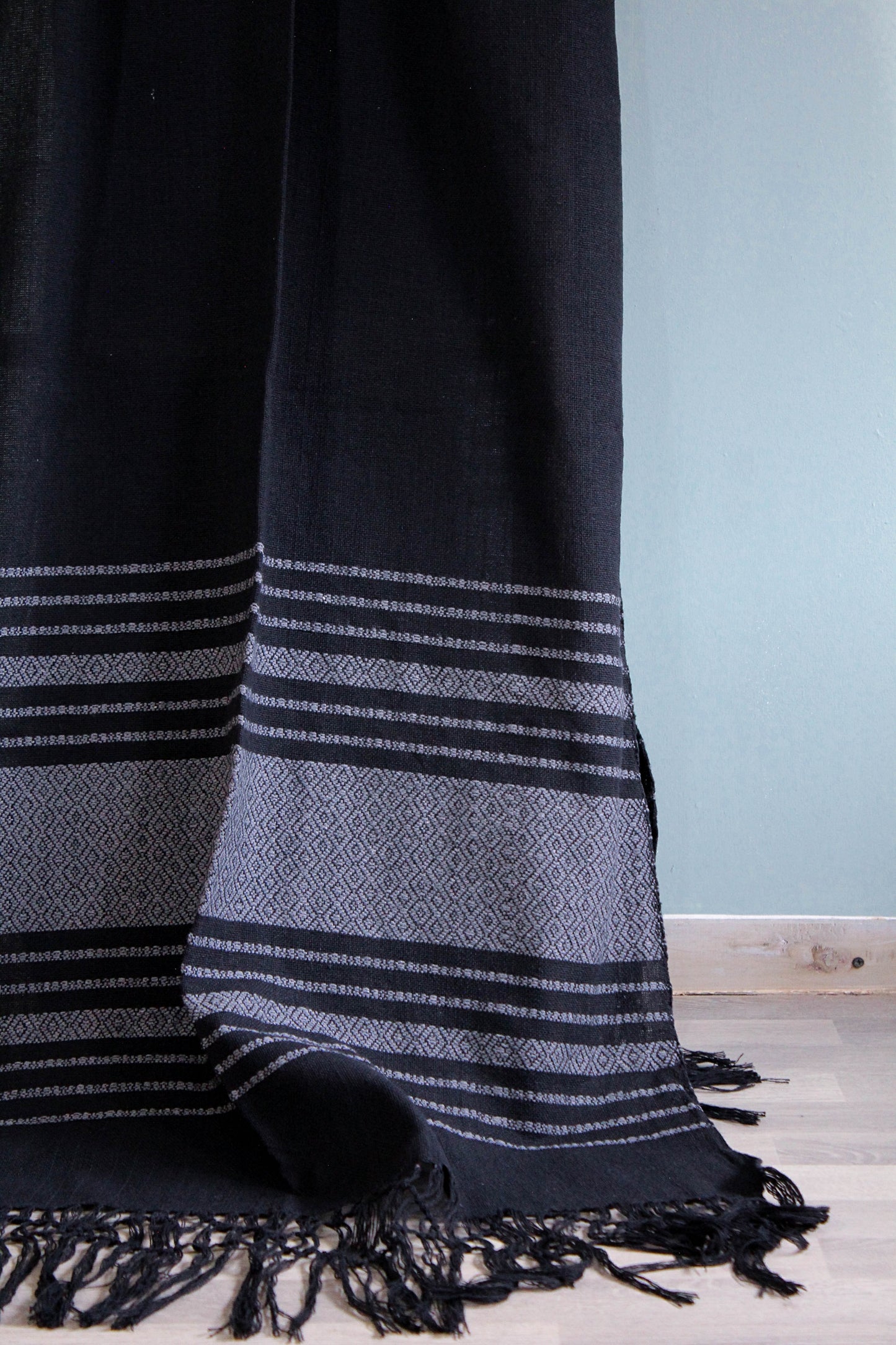
Comentarios
There is a poem “Al Regazo de UN Rebozo” I heard this poem many years ago…how would I be able to locate it. I know the author s first name was Alicia
My daughter’s father is Mexican, but he and I are friendly though divorced. She has become a Doulah and when she learned I was traveling to Mexico to volunteer, she asked me to bring her one of these. This beautiful blog has given me just the best way to connect my daughter with her ancestry. I hope to make the purpose as meaningful as possible by sharing photos of my daughter and her grandmother and maybe aunts. Then having a photo of myself taken with the person who made it.
This is such a beautiful explanation. I really connected with this quote specifically, "rebozo is an extension of the hands of these grandmothers and it is the unity of intention, wisdom and physics that make the magic, not repeating “mechanically a technique”. It really is ancient wisdom transmitted from one generation to another.” Thank you for all the energy you have put in to share your understanding with us.